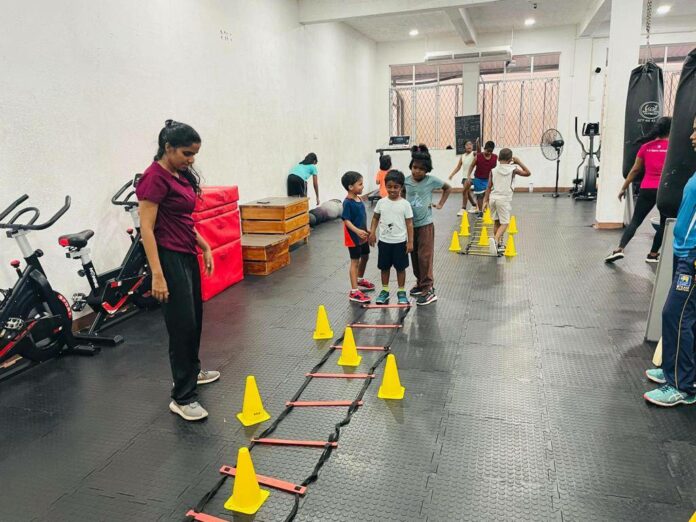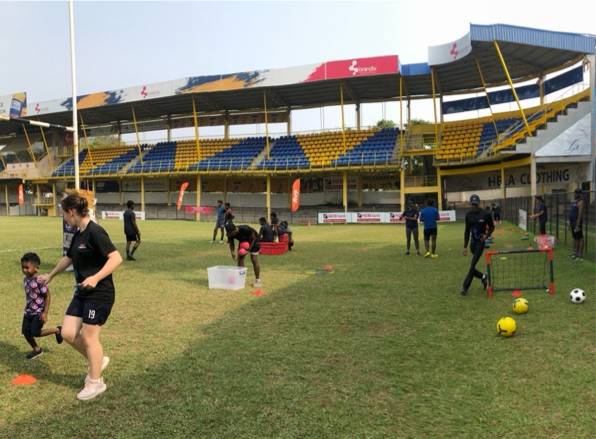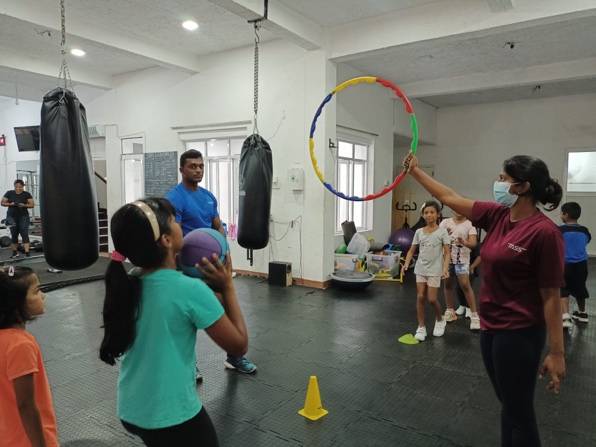TASS (Thanura Abeywardena Sports Science & Recreation Center) is the only privately owned sports and exercise science company in the country. Its success has been the result of the amazing and able multidimensional team, comprising sports scientists, physiotherapists and fitness professionals including sportspersons who have represented the country.
The team is qualified in the field of sports and exercise, enabling them to cater to a variety of individuals and corporates. Services range from training for kids (ages 5 to 12), developing athletes (ages 12 to 17), semi-professionals and professionals over 17 years of age, recreational communities, pre and postnatal groups, aging groups, clinical injury rehabilitation, the differently abled, as well as sports and exercise research for premium brands.
The Long-Term Athlete Development (LTAD) model describes what children, youth, and adults need to be doing at the right time to develop in sport or activity. According to Istvan Balyi, Richard Way, and Colin Higgs, authors of the book “Long-Term Athlete Development: A Guide to Developing a Philosophy of Sport for Life,” both kids and adults will be able to get active, stay active, and reach the greatest peaks of sports performance when following this model. This model was initially introduced as a long-term commitment to physical literacy and sports skill development and is vital to optimizing athletic potential.
One key concept in the long-term athletic development model is “windows of opportunity”. There is a window of opportunity/point in time that exists in which individuals should train certain skills to maximize their potential enhancement. When that point in time passes, your ability to reach full potential decreases.
For example, before puberty, there is what’s called a speed training window(quickness, agility, change of direction) where athletes should train for speed. After puberty,wehave a strength training window.
By learning about LTAD, schools, associations, sports administrators and coaches will gain the knowledge and tools to enhance participation and improve the performance and growth of athletes. This commitment requires time. There are no shortcuts to success.
Below is a synopsis of the seven stages of the LTAD model, according to Balyi, Way, and Higgs.
1. Active Start
This stage (up to 6 years old) is all about the introduction of play and mastering the basic movement skills. Early introduction to athletics enhances the development of brain function, coordination, social skills, gross motor skills, emotions, and imagination.
2. FUNdamentals
This stage (6-9YO Boys and 6-8YO Girls, progression of skills are not dependent only on age) is where the participation in well-structured activities that develop fundamental skills and overall motor skills (i.e. agility, balance, coordination) should begin. Despite the introduction of structured activities, the emphasis should remain on having fun. FUNdamentals as per ProAthlete is not limited to sporting prowess but also improves general confidence in the classroom among little kids to develop special awareness and social skills.
3. Learn to Train
This stage (9-12YO Boys & 8-11YO Girls) is where the development of foundational sports skills should begin. The focus should be on the athlete acquiring a wide range of skills to play a number of sports if desired. Avoid the urge to train a youth athlete towards talent — having them specialize in one sport over others. In the current fast paced world, kids have so much of activities they need to engage in during a day / week. Therefore, most kids get the opportunity to do one or two sports. Best for the child would be to try sports of different skills and enhance the ability of all skills.
4. Train to Train
This is the stage (12-16YO Boys & 11-15YO Girls) at which people are physiologically responsive to stimuli and training; in other words, the time to start “building the engine” and exploiting the sensitive periods of accelerated adaptation to training. Athletes at this age should establish an aerobic base, develop speed and strength toward the end of the stage, and further consolidate their basic sport-specific skills and tactics. These athletes may play and do their best to win, but they still need to spend more time on skill training and physical development and less on trying to win (process vs. outcome). At ProAthlete what we commonly see is children are trained to win, on the flip side however do not take skill training and physical development in absolution. The correct balance between the process and the outcome is very important.
5. Train to Compete
This stage is about optimizing the engine and teaching athletes how to compete. They can either choose to specialize in one sport and pursue a competitive stream or continue participating at a recreational level and thereby enter the Active for Life stage. In the competitive stream, high-volume and high-intensity training begin to occur year-round.
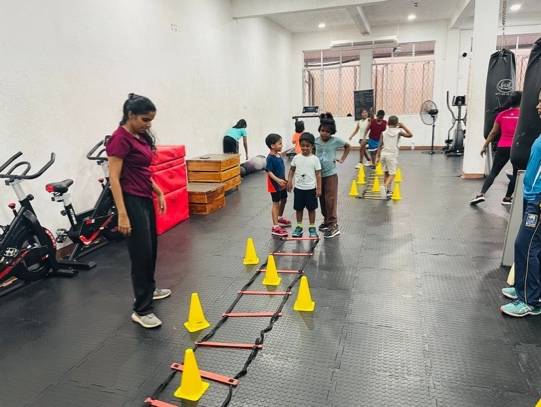
Elite athletes with identified talent enter this stage to pursue the most intense training suitable for international winning performances. Athletes with disabilities and able-bodied athletes alike require world-class training methods, equipment, and facilities that meet their personal demands and the demands of the sport.
7. Active for Life
Young athletes can enter this stage at essentially any age following the acquisition of physical literacy. If children have been correctly introduced to activity and sport throughout the Active Start, FUNdamentals, and Learn to Train stages, they will have the necessary motor skills and confidence to remain active for life in virtually any sport they choose. For high-performance athletes, this stage represents the transition from a competitive career to lifelong physical activity. They may decide to continue playing the sport, thus being competitive for life, or they may become involved in the sport as game officials or coaches. They might also try new sports and activities (e.g., a hockey player taking up golf or a tennis player starting to cycle), thus being fit for life.
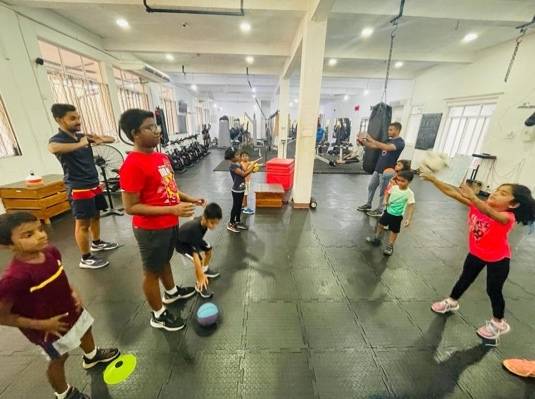
-
- The Sports for life program developed by Canadian sports institute has helped Canada adopt and use the LTAD program to develop all levels of sports and health in the country. The program has given meaning to the concept of an athlete-centred approach. This approach is a philosophy and a vehicle for change in sports exercise & health.
- The guideline provides a framework for reviewing current practices, developing new initiatives and standardizing sports and exercise programs.
- Establishes a clear development pathway from playground to podium and to being active for life.
- Identifies the shortcomings in sport systems and provides guidelines for problem solving.
- Provides guidelines for planning for optimal performance at all stages of athlete development.
- Provides key partners with a coordinated structure and plan for change.
- Identifies and engages key stakeholders in delivering quality sport and physical activity programs in sport, recreation, education and health.
For more information: https://www.tass.lk/contact-us/a

